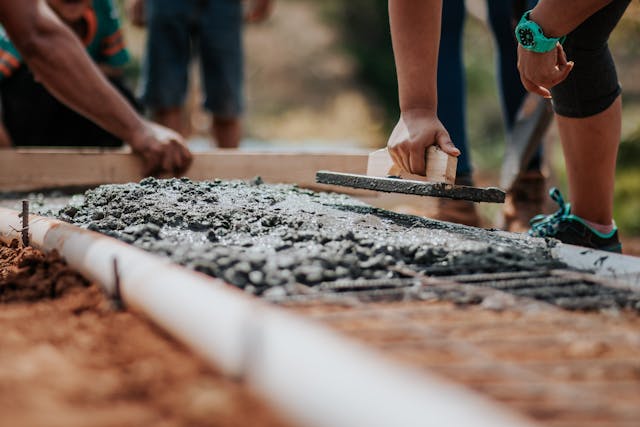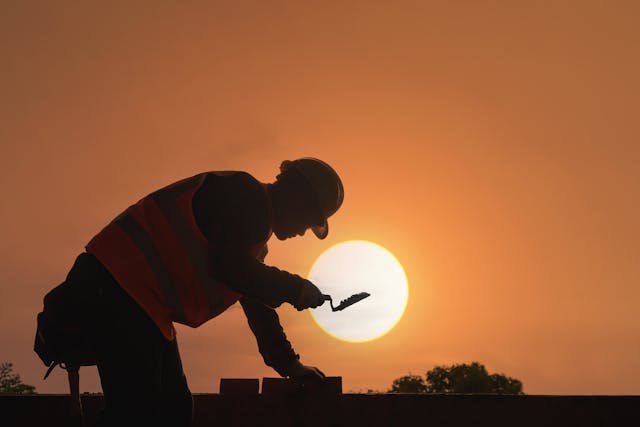Weather plays a crucial role in the safety and efficiency of construction projects. Since construction work is often conducted outdoors, construction workers are exposed to various environmental conditions, such as extreme heat, rain, wind, snow, and ice – all of which can directly affect construction workers’ safety. Understanding the various risks that exist and taking the appropriate precautions can help to protect workers from danger and reduce the number of accidents on job sites. If you have been injured on a construction site, it is important to seek legal help from a Los Angeles construction accident attorney who can ensure you recover compensation for your injuries and losses.

Extreme Heat
Extreme heat is one of the most common weather-related hazards in the construction industry. When individuals are exposed to high temperatures outside for prolonged periods, this can lead to serious heat-related illnesses such as heat stroke, heat exhaustion, and dehydration. Construction workers who have particularly physically demanding work are at even greater risk due to the strenuous nature of their work. Some common symptoms of heat-related illness include nausea, confusion, fainting, dizziness, and lack of consciousness, all of which can significantly impair a worker’s ability to perform the duties of their job. To help mitigate the risk of suffering a heat-related illness, construction workers should stay hydrated, take frequent breaks, and wear light, breathable clothing.
Rain
Rainy weather also presents several challenges while working on construction sites. Most notably, the rain can cause wet and slippery conditions, which increases the risk of slip, trip, and fall accidents. Falls are already one of the leading hazards in the construction industry, and rain further exacerbates this problem. Additionally, when rain hits machinery and electrical equipment, the risk of malfunctions and electrical shocks is further increased. If you are working on a construction site in slippery conditions, be sure to wear slip-resistant boots to help keep your balance. If your equipment has been hit by rain, inspect it before using it to ensure that it is in fully working condition.
Wind
Windy conditions can also present hazards while on construction sites, especially those with scaffolding or cranes. When there are windy conditions, it can be difficult for construction workers to maintain their balance, therefore increasing the risk of falls from heights. Additionally, the wind can cause materials and debris from the construction site to become airborne, posing a risk of being struck by falling or flying objects. To help decrease the risk of these hazards in windy conditions, it is important that you secure loose materials and inspect scaffolding and ladders before using them to ensure stability.
Snow and Ice
A final weather condition that can impact the safety of construction sites is snow and rain. Snow and ice, like the rain, can cause slippery and wet surfaces, thereby increasing the risk of slip, trip, and fall accidents. In addition, heavy snowfall can result in potential structure collapses due to the added weight. When working in these conditions, it is important to wear slip-resistant boots, as well as cold-weather clothing to help prevent frostbite or hypothermia. Construction workers should also be sure that they inspect their equipment before using it to ensure it hasn’t been affected by the cold weather.



